Transcription of Contents Copper-nickel alloys, properties and applications
1 1 ContentsCopper- nickel alloys, properties and applicationsPage Introduction 2 Specifications, properties and availability 3 Resistance to corrosion and biofouling 5 Fabrication 7 Machining 8 Joining 9 Copper-nickel clad steel 10 Pipelines for handling
2 Seawater 11 Condensers and heat exchangers 13 Desalination plant 14 Multistage flash distillation plants 14 Principles of flash distillation 14 Materials for flash distillation plants 15 Seawater intakes 17 Boat and ship hulls 18 Offshore structures 19 Fish farming 20 Hydraulic brake tubing for vehicles 20 Hydraulic and instrumentaton tubing for marine and offshore use 22 Gas pipelines 22 Selected bibliography 24 Acknowledgements 28 TablesPage 1 Applicable standards for various wrought and cast products 3 2 Availability of wrought Copper-nickel alloys 4 3 Typical mechanical properties of wrought 90/10 Copper-nickel -iron alloy 4 4 Typical mechanical properties of wrought 70/30 Copper-nickel -iron alloy 5 5 Comparison of corrosion behaviour of 90/10 and 70/30 Copper-nickel -iron alloys in seawater (in heat exchanger service)
3 6 6 Fouling resistance of various alloys in quiet seawater 6 7 Tolerance for pitting under fouling and crevice corrosion conditions in seawater 7 8 Suitability of joining processes for copper - nickel alloys 9 9 Welding products and processes for copper - nickel alloys 9 10 Typical composition ranges of weld metals for Copper-nickel alloys 9 11 Some applications of Copper-nickel alloys for ships hulls 19 12 Comparison between various specifications for 90/10 and 70/30 Copper-nickel alloys 23 Figures Page 1 Corrosion rates of materials in flowing seawater 6 2 Cu-Ni-Fe diagram showing hot short areas 10 3 Roughness factors for Copper-nickel alloys and steel 11 4 Section of single-deck multistage flash desalination plant 15 TN 30 Issued September 1982 2 Introduction copper , the most noble of the metals in common use, has excellent resistance to corrosion in the atmosphere and in fresh water.
4 In seawater, the Copper-nickel alloys have superior resistance to corrosion coupled with excellent anti-fouling properties . copper cladding of wooden hulled warships, introduced by the Royal Navy in the 18th Century to prevent damage by wood-boring insects and worms such as the teredo, was discovered to prevent biofouling by weed and molluscs. This meant that ships could stay at sea for long periods without cleaning. Nelson's successful blockade tactics and subsequent victory at Trafalgar were partly due to the superior speed of his clean-hulled ships. The addition of nickel to copper improves its strength and durability and also the resistance to corrosion, erosion and cavitation in all natural waters including seawater and brackish, treated or polluted waters. The alloys also show excellent resistance to stress corrosion cracking and corrosion fatigue.
5 The added advantage of resistance to biofouling gives a material ideal for application in marine and chemical environments for ship and boat hulls, desalination plants, heat exchange equipment, seawater and hydraulic pipelines, oil rigs and platforms, fish farming cages, seawater intake screens, etc. The purpose of this publication is to discuss typical applications for Copper-nickel alloys and the reasons for their selection. The two main alloys contain either 10 or 30% nickel , with iron and manganese additions as shown in Table 12, which lists typical international and national standards to which the materials may be ordered in wrought and cast forms. 3 Specifications, properties and availability The Copper-nickel alloys are single phased throughout the full range of compositions and many standard alloys exist within this range, usually with small additions of other elements for special purposes.
6 The two most popular of the copper -rich alloys contain 10 or 30% of nickel . Some manganese is invariably present in the commercial alloys as a deoxidant and desulphurizer; it improves working characteristics and additionally contributes to corrosion resistance in seawater. Other elements which may be present singly or in combination are: Iron, added (up to about 2%) to the alloys required for marine applications . It confers resistance to impingement attack by flowing seawater. The initial development of the optimum compositions of the Copper-nickel -iron alloys in the 1930s has been described by G. L. Bailey (see bibliography). This work was to meet naval requirements for improved corrosion-resistant materials for tubes, condensers and other applications involving contact with seawater. Throughout the publication the term Copper-nickel refers in fact to Copper-nickel -iron alloys.
7 Chromium can be used to replace some of the iron content and at one per cent or more provides higher strength. It is used in a newly-developed 30% nickel casting alloy (IN-768).* A low-chromium 16% nickel wrought alloy (C72200) has been developed in the USA. Niobium can be used as a hardening element in cast versions of both the 10% and 30% nickel alloys (in place of chromium). It also improves weldability of the cast alloys. Silicon improves the casting characteristics of the Copper-nickel alloys and is used in conjunction with either chromium or niobium. Tin confers an improved resistance to atmospheric tarnishing and at the 2% level is used with 9% nickel to produce the alloy C72500. This has useful spring properties and is used in the electronics industry. It is not recommended for marine applications .
8 Impurities Impurity elements such as lead, sulphur, carbon, phos-phorus, etc. in the amounts to be found in commercial material have little or no effect on corrosion performance, but because of their influence on hot ductility may impair weldability and hot workability and are, therefore, carefully controlled. Variations in the common national and international specifications for the 90/10 and 70/30 alloys are shown in Table 12. From this the extent to which various standard materials overlap may be compared. In some standards the impurities are more closely controlled than others but in all cases the material supplied will be fit for its designated purpose. However, the limits for some impurities (such as lead) in the specifications do not guarantee weldability by all techniques. In cases of doubt the supplier s advice should be obtained.
9 The forms in which the various standard compositions are available are shown in Table 1, which shows the common international (ISO), British (BS), Ministry of Defence, Navy (DGS), American (ASTM) and German (DIN) standards for wrought and cast forms. Future references in this publication to 90/10 and 70/30 Copper-nickel alloys refer to the alloys normally containing iron and manganese as used in marine applications . When the 70/30 alloy is mentioned it should be borne in mind that in some circumstances it is preferable to use the alloy with 2% iron, 2% manganese (BS designation CN 108) rather than the alloy with lower iron and manganese (CN 107). For information, Table 2 shows the common production limits on the sizes of these materials. This is a guide only. Material in these sizes will not always be in available stock.
10 It may also be possible to make material outside these sizes by arrangement. Provided foundry practice is good, satisfactory complex *INCO designation. American Society for Testing & Materials (ASTM) Unified Numbering System designation. Table 1 Applicable Standards for various Wrought and Cast Products Standards Applicable Standard Numbers Composition Plate Sheet Strip Tube Rod Wire Forgings Castings ISO 429 1634 1634 1634 1638 1640 1635 1637 1639 BS
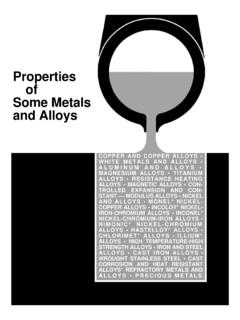
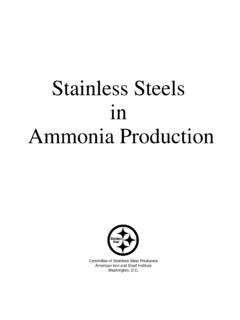
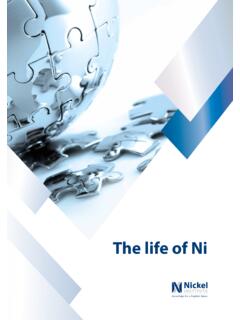
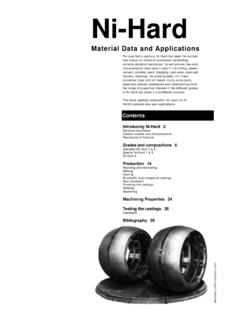
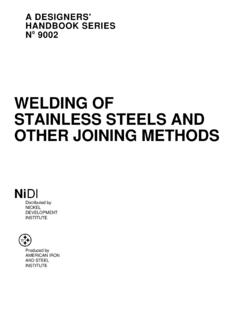
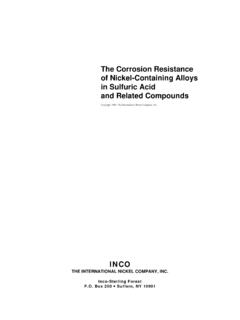
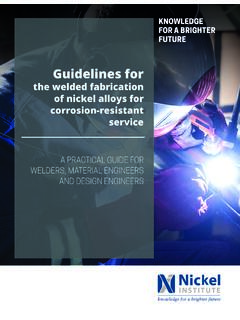
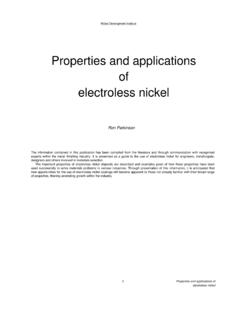
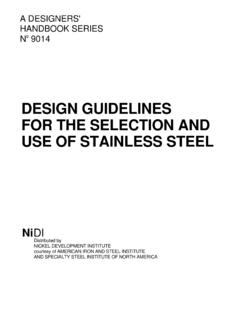
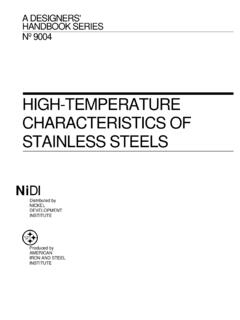

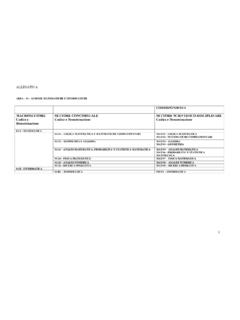
![arXiv:2005.14165v4 [cs.CL] 22 Jul 2020](/cache/preview/4/5/0/8/0/d/2/2/thumb-45080d222facc6d76a53aa8ccbd3eddb.jpg)